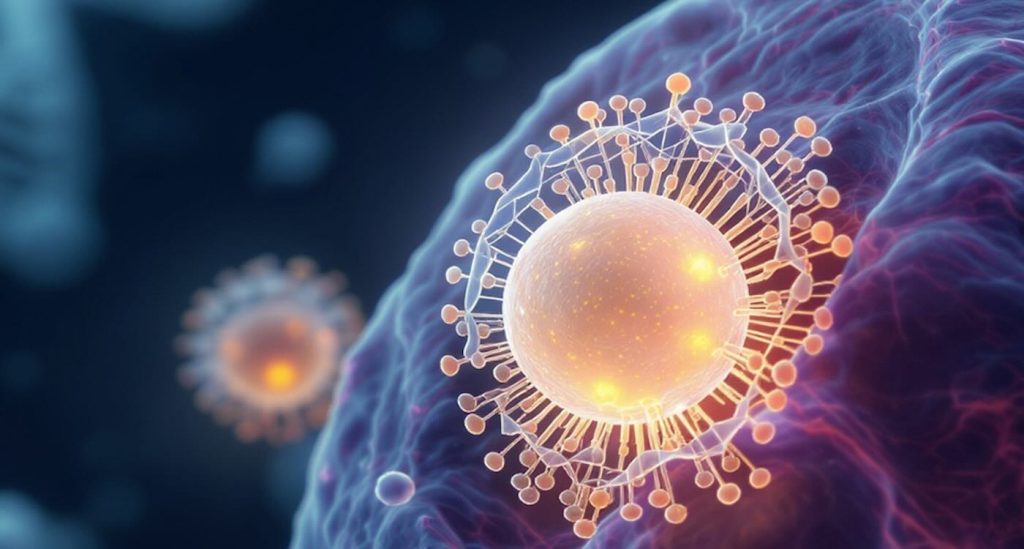The adventure began with a realization: existing methods of creating metal structures were flawed. Traditional techniques, such as vat photopolymerization, relied on light-sensitive polymers to solidify materials but often resulted in porous, weak structures prone to warping. The team’s mission was clear: find a way to enhance strength and reduce the issues surrounding shrinkage.
Their method involved a simple concept—using hydrogel, a water-based substance, as the framework for metal production. After 3D printing this initial framework, they soaked it in solutions of metal salts. With a little chemical magic, these salts transformed into tiny nanoparticles, infusing the hydrogel with various metals like iron and copper. This process could be cleverly repeated several times, allowing the researchers to create materials rich in metal without compromising on the gel’s original shape.
After approximately five to ten cycles of this “growth,” the hydrogel is gently removed through heating, revealing a robust metal or ceramic object that mirrors the original printed design. This method not only strengthens the final product but also allows for flexibility in material selection after the 3D printing process, marking a significant shift in additive manufacturing.
Their crowning achievement was the construction of intricate lattice shapes called gyroids. Testing revealed that these structures could withstand pressures 20 times greater than those produced by older methods, with only a fraction of shrinkage—just 20% compared to the typical 60 to 90%. PhD student Yiming Ji proudly noted this improvement, emphasizing the implications for future designs that require strength and complexity.
The potential applications are vast and exciting. From creating advanced cooling systems to developing metal catalysts that help convert chemical energy into electricity, the possibilities are endless. Yee and his team are not resting on their laurels; they are already investigating ways to increase the density of their materials and streamline the production process.
The future holds great promise, and with ongoing automation efforts, the team is optimistic. “We are working to cut down the processing time by introducing robotics into our method,” Yee explained, envisioning a time when these metal creations could be produced more swiftly and efficiently.
As this remarkable research continues to develop, it inspires a sense of wonder and hope. Scientists are not just shaping materials; they are shaping the future of technology, proving once again that creativity and determination can change the world in meaningful ways.
If you would like to see similar good news stories click here & Share this to brighten someone’s day.






